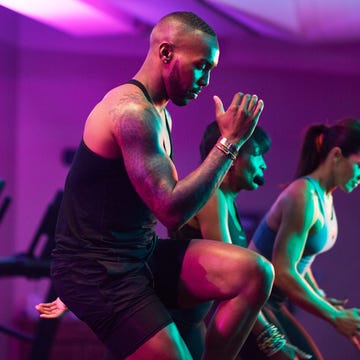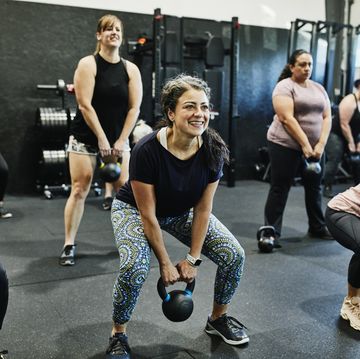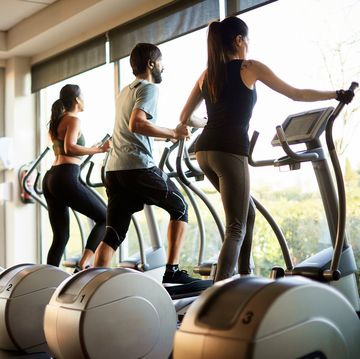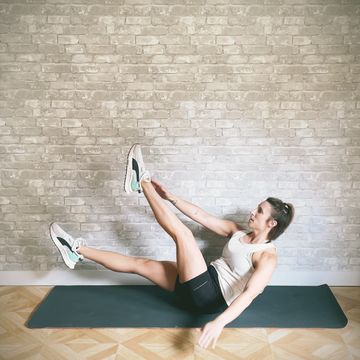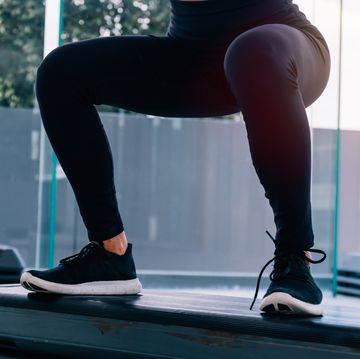We’re runners – we like running. So given a choice between throwing on our spongy shoes and heading outside in the fresh air, or getting some strength and conditioning exercises in the bag, the run is always likely to win. But making sure S&Cis part of your week becomes ever more vital as you get older, to make sure your body is in the best shape to avoid becoming prone to injury. Finding an exercise that works a range of muscles, and doesn’t require any additional kit, will have maximum appeal, for efficient use of the time and space that you already have. That’s where the split squat comes in.
Whati s a split squat?
A split squat falls somewhere between a traditional squat and a lunge. It’s a unilateral exercise, which means it works one side of your body at a time, helping to fix any strength imbalances you may have between your legs. This is great for improving your running efficiency. The Bulgarian variation can also improve your pelvic stability, helping to align your hips and knees. One study in the International Journal of Exercise Science found that doing split squats with the rear leg elevated was as good at activating the muscles of the lower body as bilateral back squats, but using only half the load.
Which muscles am I working with a split squat?
By doing split squats, you’re strengthening a large number of muscles in your legs – your glutes, your quads in the front of your thighs, your hamstrings in the back of your thighs, and your calves. Meanwhile, because you’re working to stay balanced, you’re also engaging the muscles in your core including lower back, obliques and abdominals.
What everyone's reading
What are the benefits of split squats for runners?
Your quadriceps absorb a lot of the impact when you run, so strengthening them will also help to reduce the risk of injury in your knees. Improving your hip stability by working on the balance required for split squats will make you a more efficient runner. Strengthening your glutes and quads makes your running stride more powerful, too.
How do you perform a split squat?
- To prepare, stand with your feet shoulder-width apart.
- Step forwards from this position and plant your front foot on the floor.
- Keeping your hips straight, raise your back heel so only the toes of your rear foot are on the ground. This is the start position.
- Lower the knee of your back leg towards the floor, keeping your front knee and ankle in line.
- Pause.
- Use both legs to push back to the starting position.
You can make this even harder by doing the Bulgarian variation. Instead of your back foot being on the floor, raise it onto a chair, coffee table or box that’s about knee height.
And if you need even more of a challenge, try holding dumbbells in each hand.
What’s the difference between a split squat and a lunge?
With lunges, you begin the exercise with both feet together and step one foot forward. The split squat keeps your feet in the same position. This means if you’re really struggling with balance at first, it’s easier to keep one hand on a wall with a split squat. A lunge requires a bit more balance and coordination.




